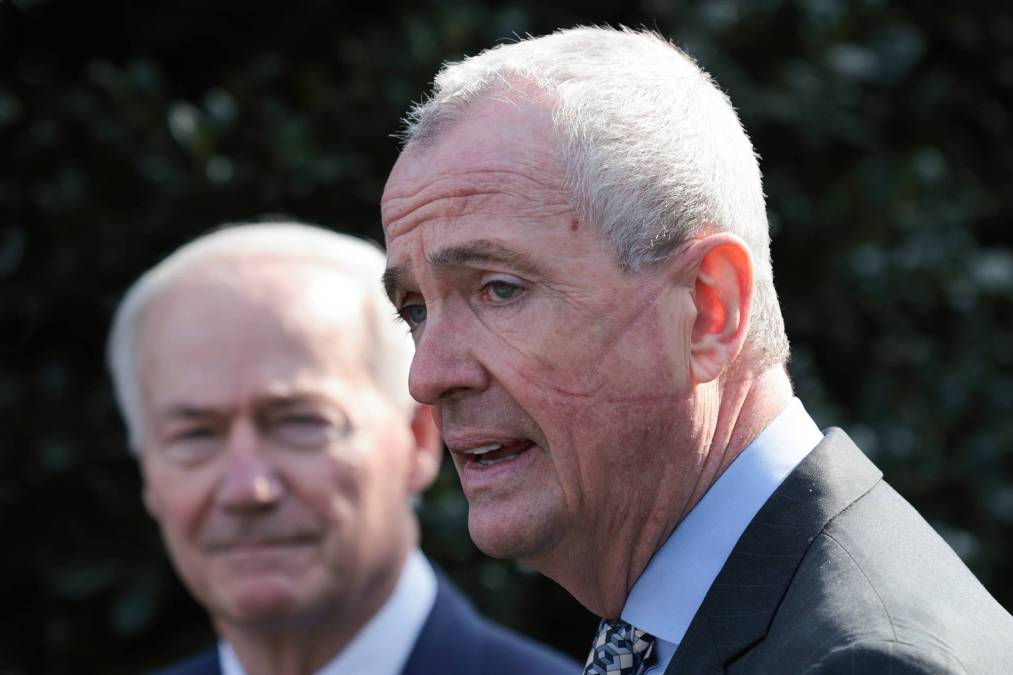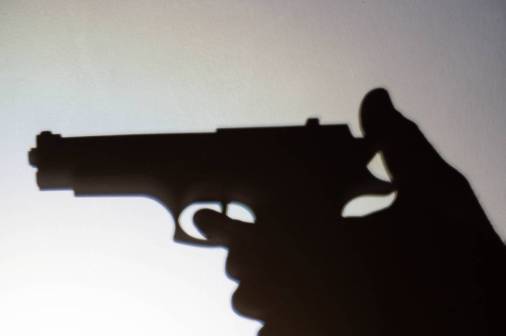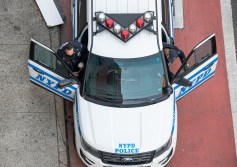New Jersey Gov. Murphy announces $7 million for gunshot detection tech

New Jersey Gov. Phil Murphy last week announced a $7 million investment in gunshot-detection systems and other law enforcement technology as part of an ongoing effort to reduce gun violence.
Murphy said the new funding will enable communities to purchase “a fully integrated network” of technologies, including an acoustic detection system, a video management platform and automatic license plate readers. Together, his office said, these technologies will enable first responders to more quickly render aid to victims of gun violence and for police to identify shooters and reduce instances of retaliatory violence.
The state is additionally granting 25 nonprofit organizations $8.2 million to further “community-based violence intervention” programming. In a press release, Murphy said “gun violence is a multi-faceted problem that requires a multi-faceted approach.”
“The funding announced today will provide resources to both law enforcement agencies and community partners, equipping them with much-needed resources as we continue to fight the epidemic of gun violence,” Murphy said. “Today’s announcement allows us to make our communities safer while we continue advocating for commonsense gun safety measures.”
There were nearly 45,000 gun deaths in the United States last year, a rise from the 43,600 tallied in 2020, according to the Gun Violence Archive, a group that gathers gun-violence data from thousands of sources. About half of all gun deaths in any given year are attributed to suicide. There were also more than 40,500 gun-related injuries last year, according to the archive.
ShotSpotter
The most prominent gunshot-detection tech company is ShotSpotter, which sells its street-level sensors and software to cities around the country. The company advertises on its website the success of its customers: Fort Myers, Florida, saw a 33% decrease in gunfire; Oakland, California, police found and aided 101 shooting victims following incidents in which no emergency calls were received; and Pittsburgh saw a 36% reduction in homicides in 2019.
Pittsburgh officials at the time attributed the plunge to several factors, including “excellent police work, a focus on community outreach and engagement [and] the lifesaving work of medics, firefighters and hospitals.” But Wendell Hissrich, then the city’s public safety director, said expanding the city’s use of ShotSpotter and security cameras also played a major role.
Others are less confident in the technology’s efficacy. A report issued last summer by Chicago’s Office of Inspector General found that only 9% of approximately 42,000 alerts yielded evidence of a gun-related offense. The system may also have been propping up unethical behavior by police.
“ShotSpotter alerts rarely produce documented evidence of a gun-related crime, investigatory stop, or recovery of a firearm. Additionally, OIG identified evidence that the introduction of ShotSpotter technology in Chicago has changed the way some CPD members perceive and interact with individuals present in areas where ShotSpotter alerts are frequent,” the report read. “At least some officers, at least some of the time, are relying on ShotSpotter results in the aggregate to provide an additional rationale to initiate stop or to conduct a pat down once a stop has been initiated.”
A controversial tool
The American Civil Liberties Union is among the most vocal critics of ShotSpotter. An August 2021 blog post cites “four problems” with the technology, including that it’s “deployed overwhelmingly in communities of color, which already disproportionately bear the brunt of a heavy police presence.” Researchers at Northwestern University’s Roderick and Solange MacArthur Justice Center, meanwhile, have claimed the technology encourages police to target innocent bystanders.
“Any resident who happens to be in the vicinity of a ShotSpotter alert will be a target of police suspicion or worse,” one of its critiques states. “These volatile deployments can go wrong in an instant.”
ShotSpotter’s chief executive, Ralph Clark, complained in an opinion piece for The Buffalo News last September that his detractors are intentionally misconstruing what his technology does. He pointed to research from the Brookings Institution showing that roughly 88% of gunshots go unreported through 911. He says he’s selling a “highly accurate and unbiased” tool that helps fight crime and support criminal-case prosecution.
“And our technology, human review and publishing process is 97% accurate based on reporting from our customers. This figure has been independently verified in a ShotSpotter-commissioned inquiry by data science firm Edgeworth Analytics,” he wrote.
Back in New Jersey, Murphy said the investment in gunshot-detection technology is only one part of “ongoing efforts to prevent gun violence by addressing the root causes of violence, supporting innovative policing initiatives, building the technological infrastructure to improve response times, and engaging and empowering traditionally underserved communities to cope with the trauma gun violence leaves in its wake.”






